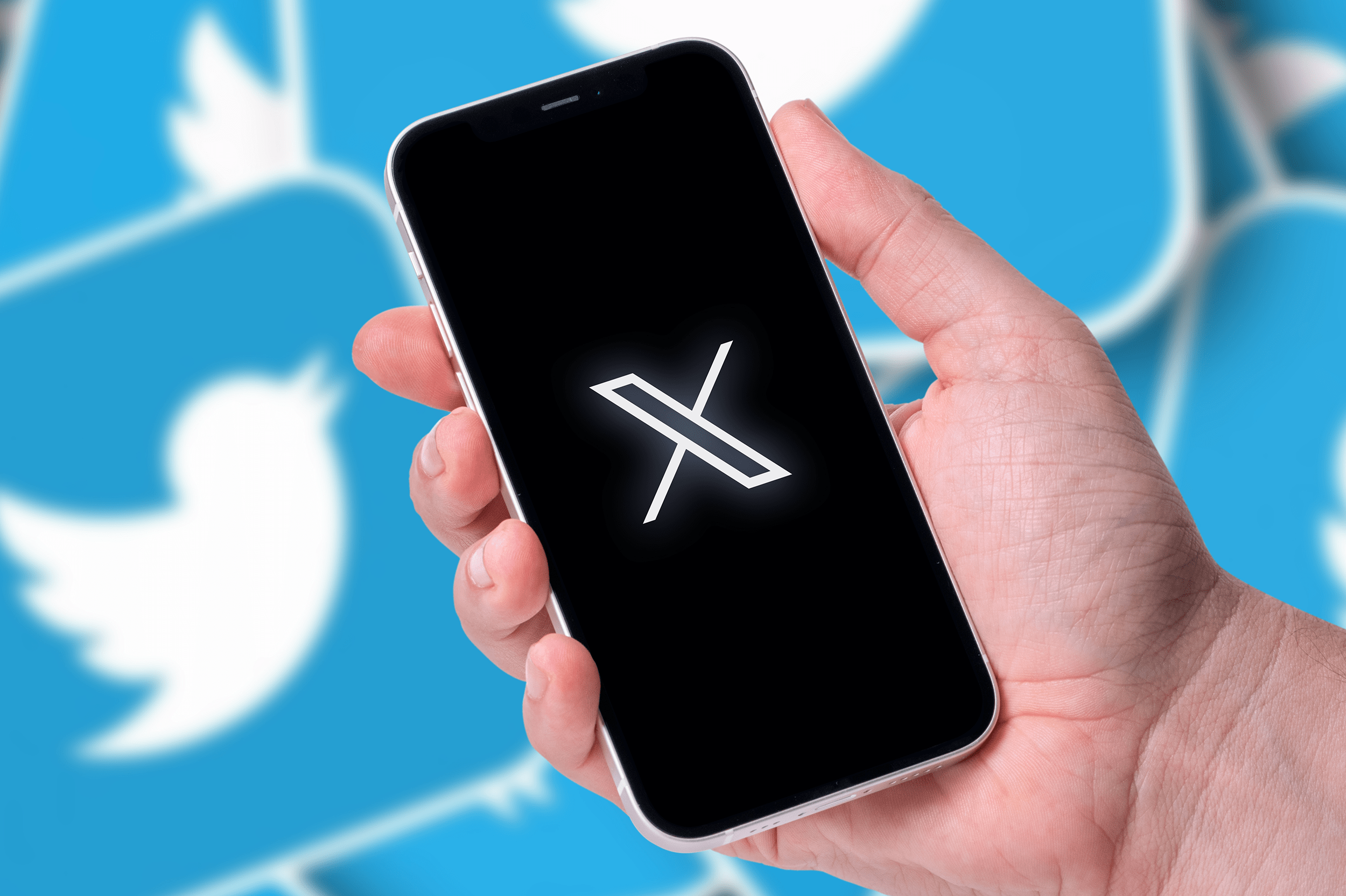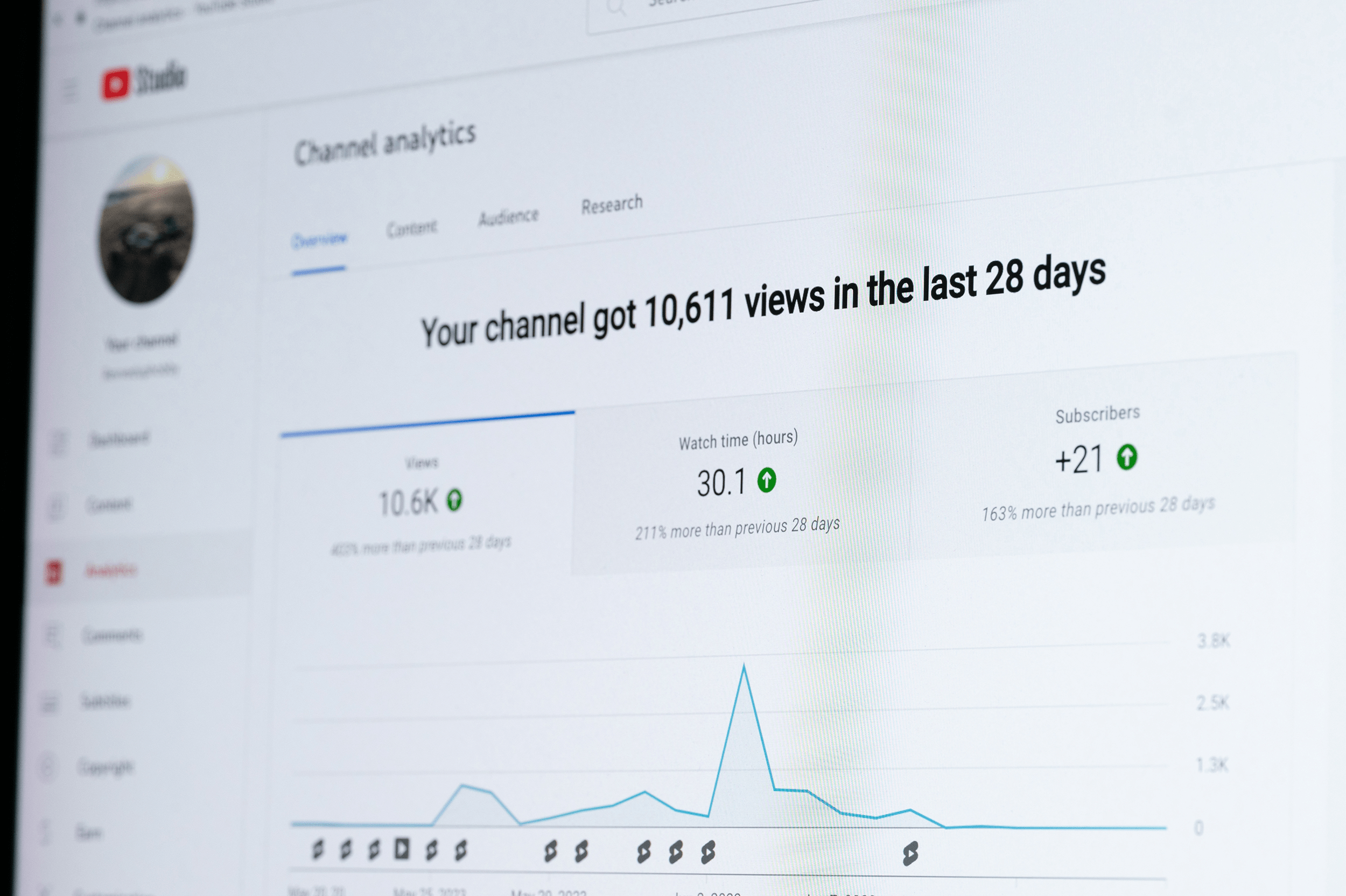Subliminal advertising wasn’t a technical term until the 1950s when researcher James Vicary coined it after experimenting with subliminal messaging to see the effects it could have on the brain. However, it’s been used for decades — and possibly even centuries — prior. This age-old marketing hack is still in use today, with advertisers finding clever ways to insert hidden messages into everything from search engine ads to podcast episodes.
Social media has become a prime place for subliminal advertising, too. If you haven’t tried it yet, you might want to, as it’s proven to work for marketers who have learned how to use it effectively.
Why Subliminal Advertising Works for Social Media
Subliminal advertising leaves breadcrumbs of information in your memory. As you scroll through social media, your brain quickly picks up images, messages, and other things you see in your feed, even if you move right past them. A subliminal message tucked away in a social media ad can stick with you, even if you don’t necessarily pay attention to it.
Social media is all about speed. It’s designed to be easy and convenient to move through, whether you’re scrolling Instagram, Twitter, or Facebook. Therefore, the quicker you can get a message across to viewers, the more successful that message can be. Subliminal advertising lets that happen subconsciously if done correctly.
6 Tips for Using Subliminal Advertising in Social Media Campaigns
The following tips are tried-and-true tactics that social media advertisers use in their campaigns.
1. Start with Your Branding
Don’t underestimate the power of your logo and other parts of your branding that will show in your advertising campaigns, like colors and the overall emotion your branding evokes. For instance, Amazon’s famous logo features an arrow below its letters that makes the logo look like it’s smiling to help customers associate the brand with happiness. The arrow also points from letter A to letter Z, denoting that Amazon offers every type of product you need, from A to Z.
If you don’t already have a logo, think about creating one that helps you send the message you want about your brand. If you already have one, consider tweaking it for the occasional social media ad to fit the message or emotion you want to send.
2. Appeal to the Senses

Photo by Helena Lopes via Pexels
Through colors, imagery, music, and other elements, you can appeal to your viewers’ senses, which may help your messaging stick. For example, the color yellow is often associated with sunshine, freshness, and happiness, whereas blue can feel dreary or sad. Be mindful of where and how you use sensory elements to convey your message. Rather than focusing your ad solely on one sense, you might appeal to several by spacing quick clips or images in a video or using certain colors in just a few areas of your ad.
3. Be Aware of Your Graphics and Typography
Graphics and fonts play a crucial role in advertising. One simple graphic — again, like Amazon’s arrow/smiling mouth — can affect the entire presentation of your ad. Similarly, typography lends to different emotions. A spooky font can create an entirely different feel than a flowy, handwritten cursive font, for instance. Think about your audience and overall messaging, and decide how your graphics and fonts will fit in.
4. Evoke Emotion Through Audio
Subliminal messages can hide in audio even more subtly than in visual elements. Although TV shows have shown people using hidden messages buried in audio files, your ads don’t need to get that extreme. Instead, simply taking the time to pick the right music or sounds to go along with your ad can make a significant impact. For example, adding a song that has lyrics relevant to your ad could be a smart move. Or, use relevant sounds, like change dropping as part of an ad for a cashback shopping app.
5. Think About Product Placement

Photo by SHVETS production via Pexels
Look at ads on Instagram, especially those from influencers, and you’ll get a sense of how product placement works, even when products aren’t front and center. For instance, an influencer advertising a beauty brand might create a video showing her usual morning get-ready routine. The products may never be the highlight of any frame, but they could show in several frames, like on a sink while the influencer washes her fact or sitting on a shelf while she fixes her hair. The brain still captures these product images as it absorbs everything from the ad.
6. Make It Meaningful
In the past, subliminal advertising has been used in offbeat ways to send messages that aren’t relevant to the ad’s primary message. Many companies have used sexual references, for example, to sell everything from food to clothing. However, subliminal advertising can have a better impact on your social media marketing when it’s highly relevant to your target audience. Focus on your ad’s purpose and how you can appeal to its audience rather than using shock value.
Is Subliminal Advertising Right for Your Social Media Campaigns?
Only some marketing strategies work for some businesses, and subliminal messaging may not be right for yours. However, it’s worth a try with one or two social media campaigns. And many subliminal advertising tips for social media are good ones to follow when marketing on social media in general, like tugging at your audience’s emotions and being mindful of product placement.
If you want to reach more people with all your social media content, install social media share buttons on your blog or website. Share buttons allow your visitors to share your content with their social media networks with a single click, instantly expanding your reach to a larger audience.




